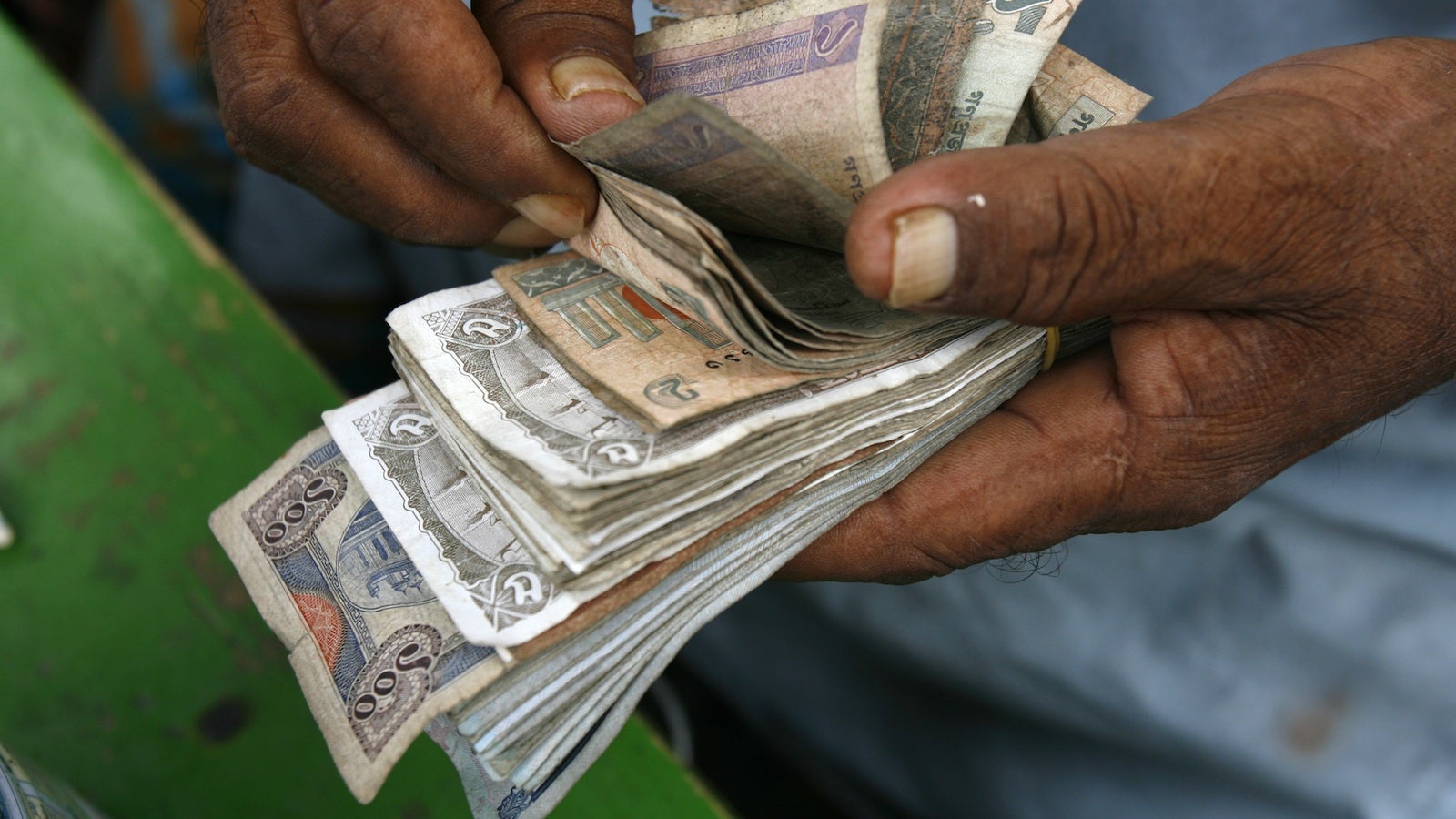Measuring opportunities for digital payments in the developing world
On a recent visit to Dhaka, Bangladesh, I toured garment factories and spoke with factory workers about the financial challenges they face. In my conversations with female employees, I learned that although they own bank accounts, many don’t use them for an important transaction: paying their children’s school fees.


On a recent visit to Dhaka, Bangladesh, I toured garment factories and spoke with factory workers about the financial challenges they face. In my conversations with female employees, I learned that although they own bank accounts, many don’t use them for an important transaction: paying their children’s school fees.
Instead, these women pay in cash, costing them time and money. They take two long, expensive bus rides across town to the school. They take the day off from work, meaning a day without pay. Even the women’s employers aren’t happy with the situation; they’d rather they were able to work.
Owning a bank account is a vital first step toward financial inclusion—a step these women have taken. But the real benefits come from frequent account use, meaning they have not reaped the full reward of account ownership.
In this, these factory workers are not alone. Across Bangladesh, 10 million adults with bank accounts pay their children’s school fees in cash. And in developing economies globally, more than 500 million adults with an account do the same.
The 2014 Global Findex database, an update of the world’s only comprehensive gauge of global progress on financial inclusion, tracks these figures. The World Bank—with funding from the Bill & Melinda Gates Foundation and in partnership with Gallup, Inc.—launched the Global Findex in 2011. Like the first edition, the data for the 2014 update was collected from interviews with nationally representative and randomly selected adults aged fifteen and older. Nearly 148,000 people were surveyed in 143 economies during the 2014 calendar year.
The 2014 data show that in East Asia and the Pacific, Latin America and the Caribbean, and the Middle East more than 60% of adults with an account pay utility bills or school fees in cash. In South Asia, 42% of adults with an account have left it unused for a year or more. In developing economies globally, almost 90% of adults who pay utility bills and 85% of those who make payments for school fees do so in cash.
Yet the same cannot be said for high-income, OECD economies: among adults in those countries who pay utility bills, the majority makes such payments digitally, either directly from an account at a financial institution or via mobile phone.
Why the discrepancy? Perhaps individuals in developing economies are not aware of an existing electronic payment option. Maybe those schools do not have electronic payment systems in place. If so, it is up to banks, mobile money service providers, and others to make the technology available to end users, like schools and utilities.
Yet there is more that governments and the private sector can do to boost account use among adults worldwide.
For example, both the private and public sectors can pay wages and other transfers, such as unemployment benefits, digitally instead of in cash—which could add over 400 million new account holders.
Governments and the private sector can also encourage account holders to use digital services, such as remittance payments. Currently, 355 million adults with an account send or receive domestic remittances in cash or through a money transfer operator. But digital transfers could be even easier and cheaper for workers and their families.
Governments and financial institutions can work together to support the transition to digital payments—governments through regulations permitting correspondent bank agents, and financial institutions by developing networks of mom and pop shops that make sending and receiving digital payments more convenient. For example, in China, over 800,000 small merchants disburse government payments made to accounts.
However, digitizing payments and shifting cash payments into accounts is not without challenges. For account use to increase, governments and the private sector must make upfront investments in payments infrastructure and guarantee a reliable and consistent digital payment experience. New account owners need to be educated on the basic interactions involved in a digital payment system – using and remembering PINs, understanding how to deposit and withdraw money, and knowing what to do when something goes wrong.
By presenting data on how adults globally save, borrow, make payments, and manage risk, the Global Findex quantifies the gaps in financial inclusion—and the market opportunities—and reveals how governments and the private sector can help underserved populations benefit from financial services.